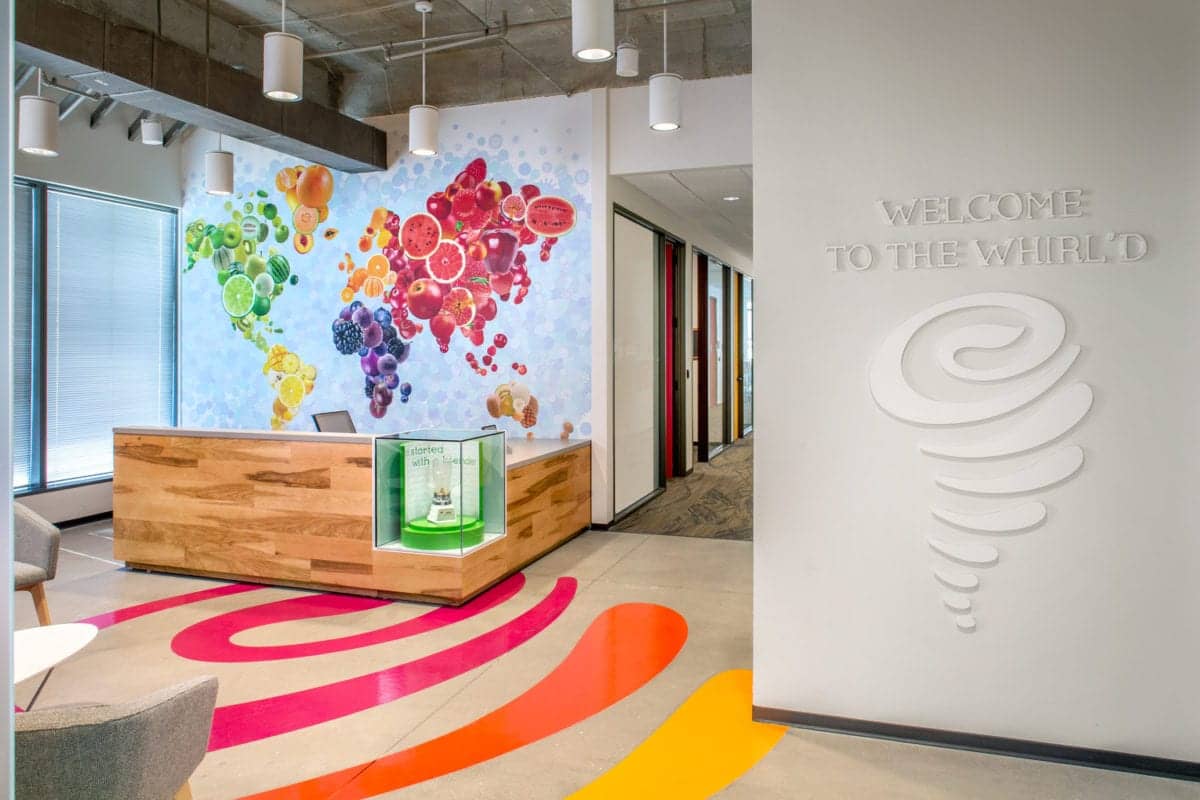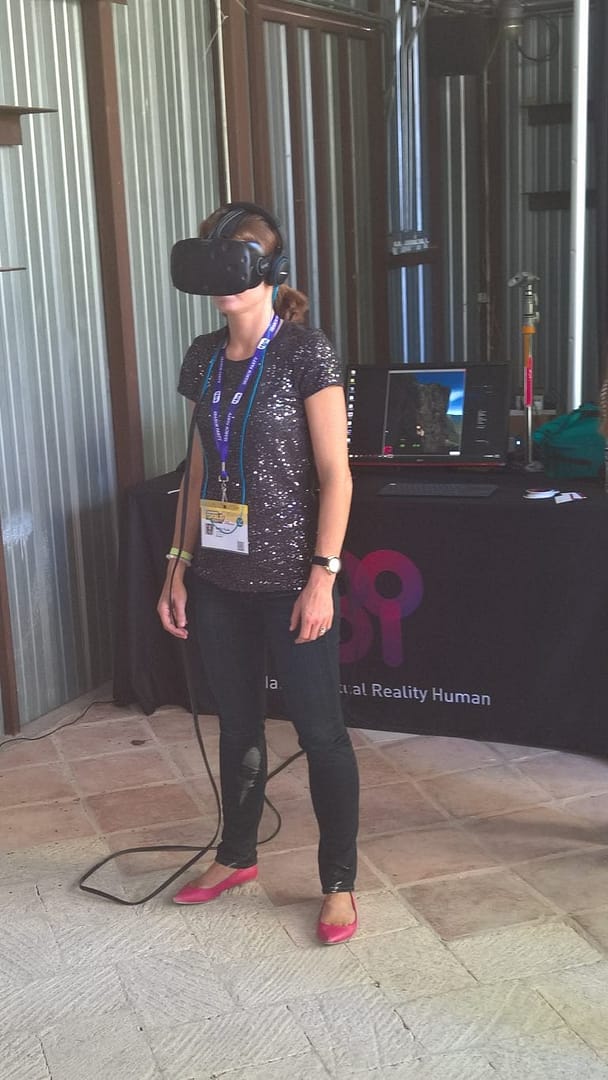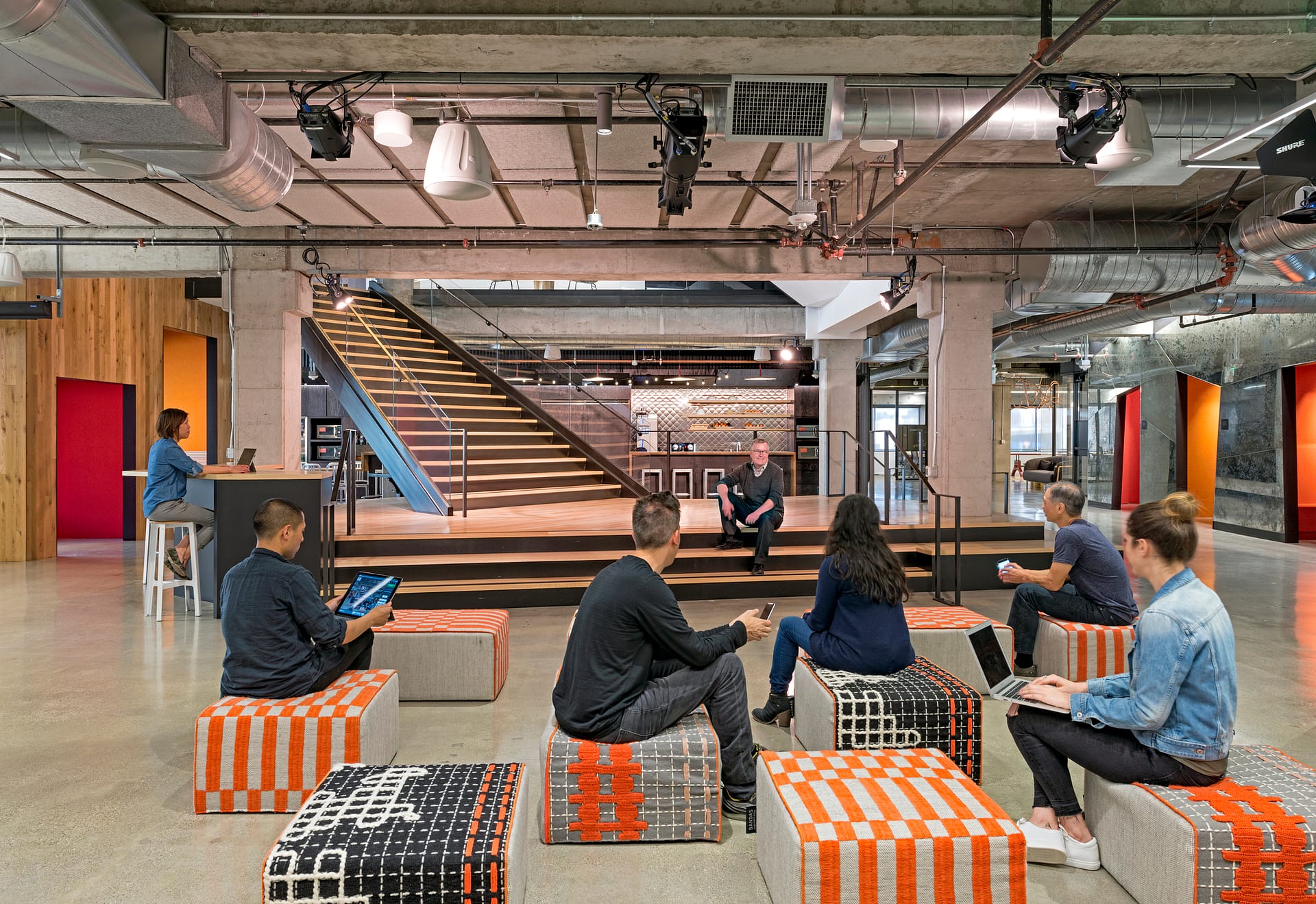More...
By Sarah Bird, LEED AP | Senior Workplace Strategist | December 19, 2017
Communicating workplace changes by engaging all five senses.
Our five senses continuously help us understand our surrounding environments. The workplace, an environment experienced by most on a daily basis, is rapidly changing more than ever before. Gallup states the changes affecting organizations today are overlapping and colliding in ways they haven’t before, they’re historic and monumental. Experience is one of the most effective ways to communicate change. People are vital to an organization’s success or failure, and it is important to ensure they understand and buy-in to work environment changes. By engaging all five senses, the workforce will start to make sense of changes within their surroundings, and successfully transition to a new way of working.
Most organizations leverage traditional communication methods (flyers, e-blasts, intranet posts) to reach a broad audience quickly and efficiently. While these are effective communication tools, they only engage our sense of ‘sight’, leaving four other senses left with nothing to do!
Many of our clients are making substantial shifts to their workplace that impact (positively and negatively) their workforce. To successfully communicate these changes, we work in tandem with our clients to create a strategy that engages the workforce and all five senses through a variety of communication methods. Here are a few examples:
- In-Person Experience – Creating a simulation of the work environment for employees to physically interact with can often engage all five senses at once. This typically takes the form of a temporary furniture mock-up or a pilot space (a built-out workspace). Both methods provide employees the chance to experience elements of a work environment first-hand such as trying out furniture and technology, visualizing the size of space types and furniture, or experiencing different noise levels.
- Digital Experience – Digital technology simulates the work environment with sights and sounds. What results is a range of user interaction levels; from fully immersive virtual reality and 360 views, to passive experiences via video animations. The digital experience provides an alternative or supplemental way for employees to gain a better perspective of the look and feel of the workplace in a more holistic view.
- Product Testing – Since employees are the primary customer in the workplace, gaining their feedback provides insight into what best suits their preferences and enables peak productivity and performance. Product testing can engage all five senses and may include testing out task chairs, beverage selections, furniture solutions and/or components, and technology. Gathering employee feedback also fosters a sense of ownership of their new workplace by allowing them to be a part of the decision making process.
- Interactive Information – Interactive methods, such as training, demonstrations or tours, engages most of the senses and supplements written instructions by providing smaller, in-person sessions that encourage interaction among employees.
- Directed Information – When leadership is a visible part of communications, there is often broader acceptance and adoption of changes in the workplace. Similar to interactive information, directed information supplements written communications through an in-person experience such as town halls and leadership videos, engaging our sight and audible senses.
Leveraging our senses to communicate change through experience ensures a successful transition for employees to the new workplace and way of working. As a result, the risk of low employee engagement and diminished productivity is reduced, which are key players in the overall success of an organization.
Like What You See?
If you enjoyed this post, you'll probably enjoy reading more about IA's approach to change management. Click below to read "Changing Change Management."
The 4D approach to change management!



